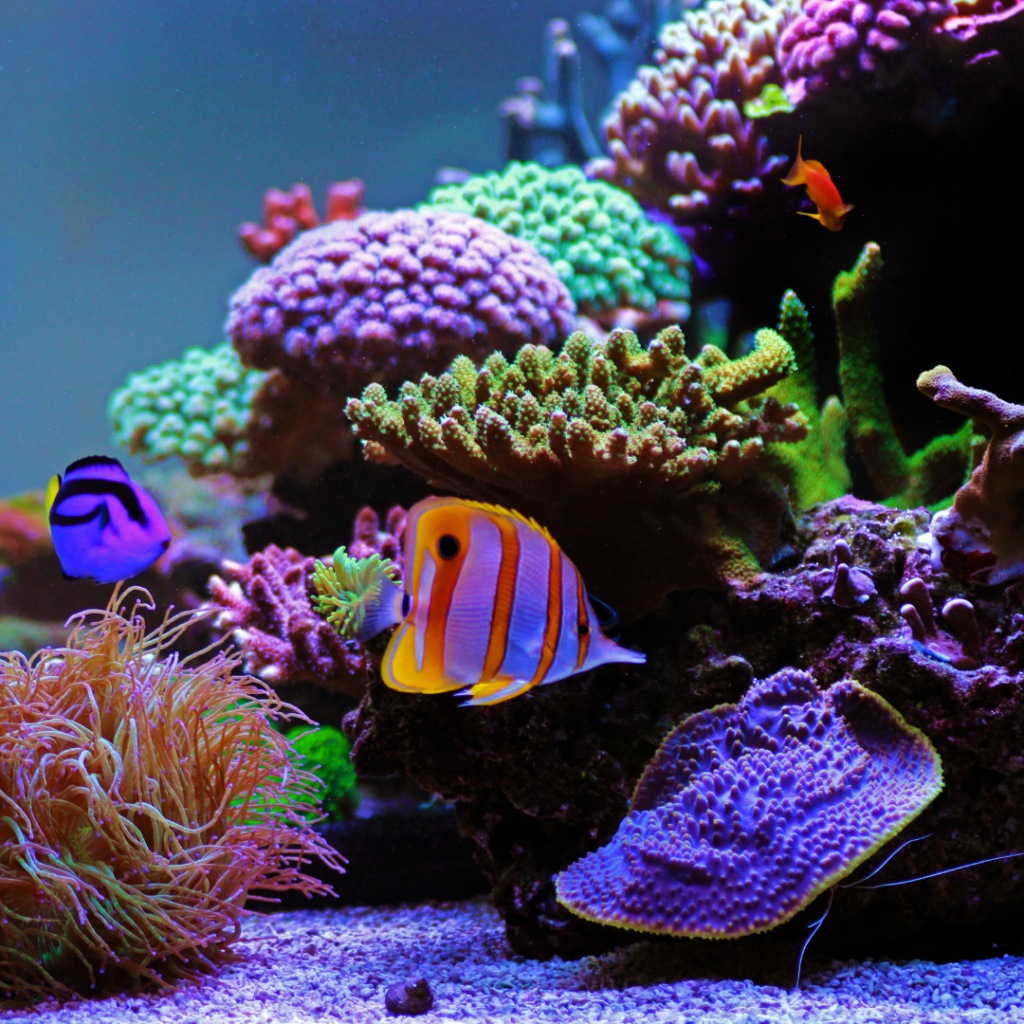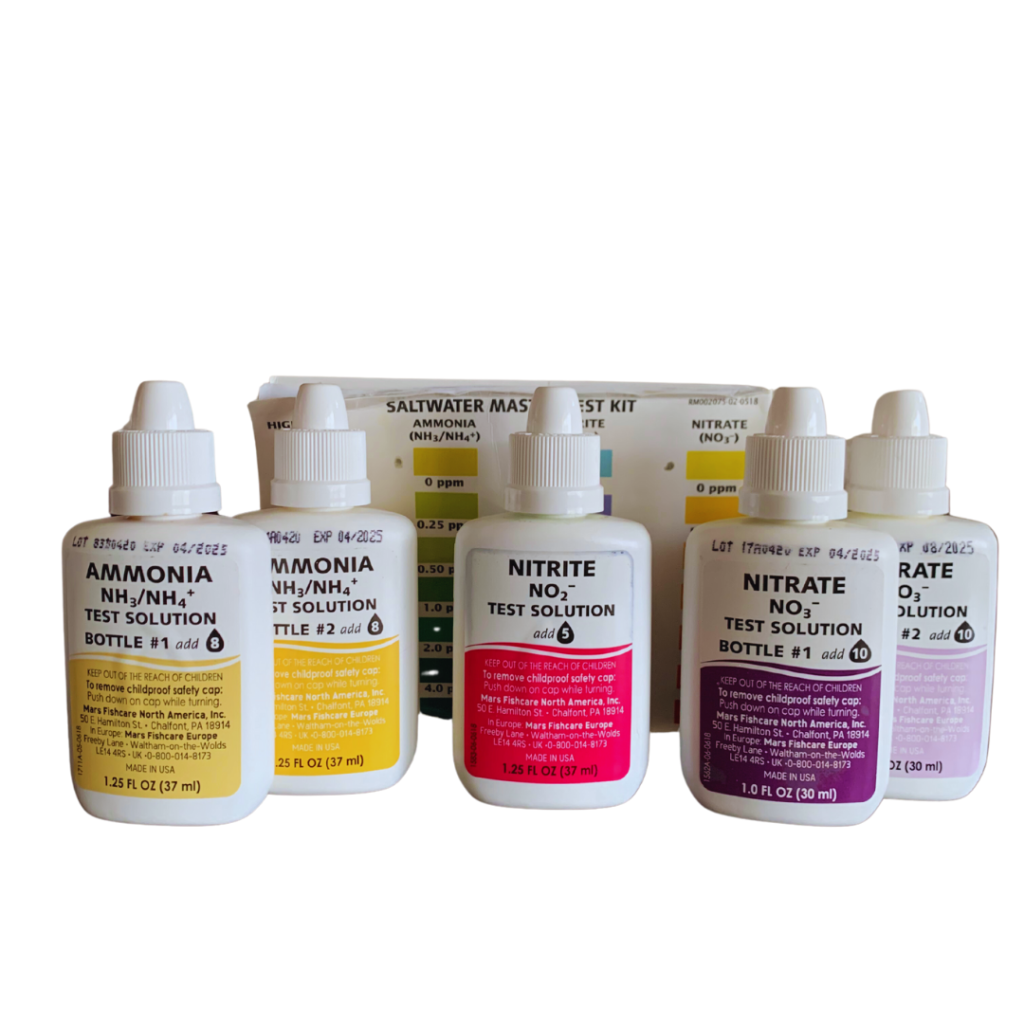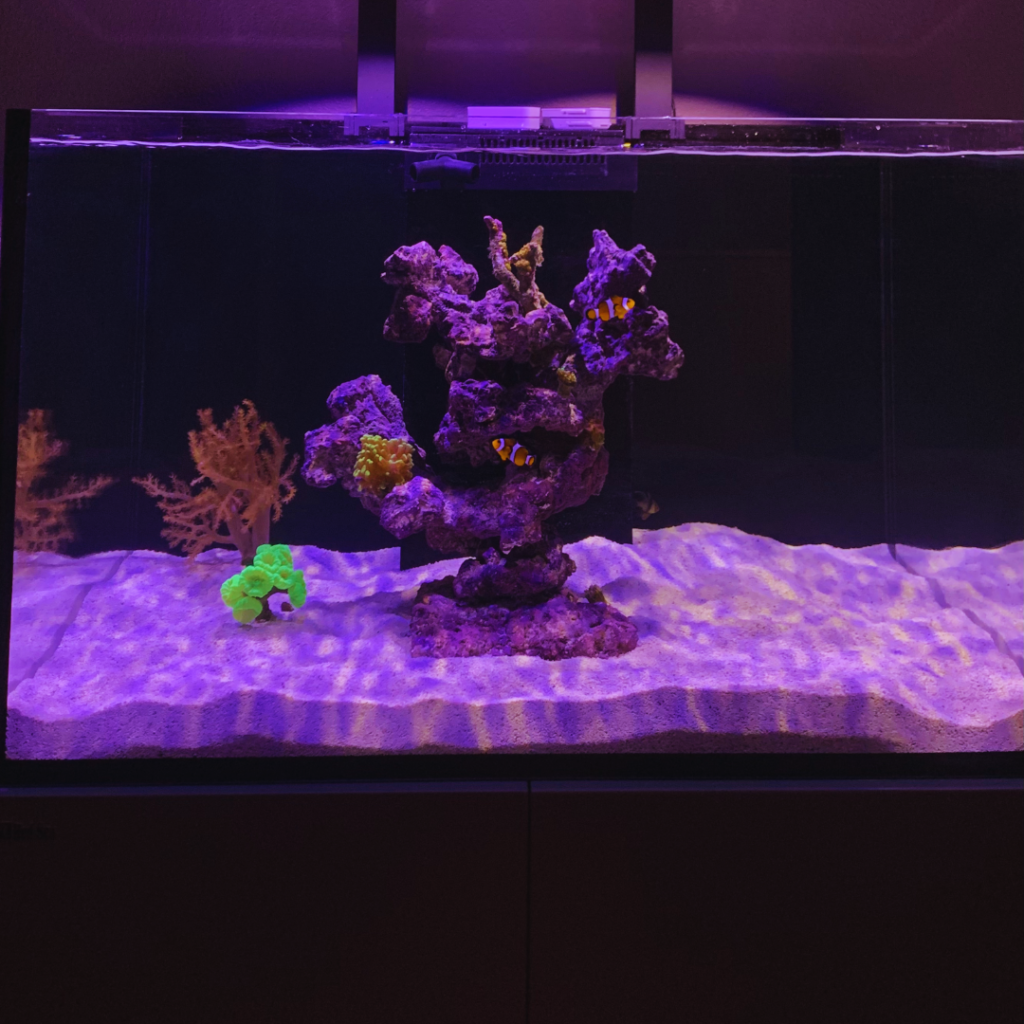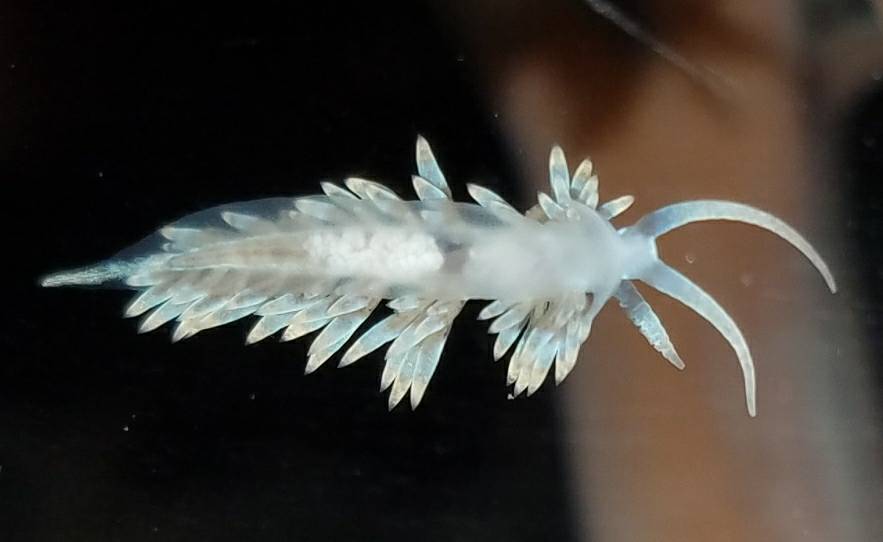A successful saltwater aquarium relies on a stable and well-balanced environment. One of the essential processes that contribute to this balance is the nitrogen cycle. Understanding the saltwater nitrogen cycle is crucial for any aquarium hobbyist, as it ensures the health and well-being of your marine life.
In this article, we will delve into the different stages of the nitrogen cycle, its importance, and how to establish and maintain a healthy environment in your saltwater aquarium.
What is the Nitrogen Cycle?
The nitrogen cycle is a natural biological process that occurs in all aquatic environments, including saltwater aquariums. It involves the conversion of harmful nitrogenous compounds into less toxic substances.
This process is primarily carried out by beneficial bacteria, which break down waste products produced by fish, invertebrates, and decaying organic matter.
The Importance of the Nitrogen Cycle

The nitrogen cycle is vital for the health of your saltwater aquarium, as it helps to detoxify harmful substances that can accumulate over time.
Ammonia and nitrite, two toxic compounds produced during the cycle, can cause stress, illness, and even death in fish and invertebrates if left unchecked.
By establishing a stable and efficient nitrogen cycle, you can maintain a healthy environment for your marine life and prevent potential issues related to poor water quality.
Stages of the Nitrogen Cycle

- Ammonia (NH3): The nitrogen cycle begins with the production of ammonia, a toxic compound that forms as a result of fish waste, uneaten food, and decaying organic matter. Ammonia is extremely harmful to your aquarium’s inhabitants, as it can cause damage to their gills and other tissues.
- Nitrite (NO2-): In the next stage of the nitrogen cycle, beneficial bacteria called Nitrosomonas convert ammonia into nitrite. Nitrite is also toxic to fish and invertebrates, as it interferes with their ability to transport oxygen through their blood.
- Nitrate (NO3-): The final stage of the nitrogen cycle involves the conversion of nitrite into nitrate by another group of beneficial bacteria, Nitrobacter. Nitrate is considerably less toxic than ammonia and nitrite, and can be tolerated by marine life in low concentrations. It can be removed from your aquarium through regular water changes, or absorbed by live plants, macroalgae, and denitrifying bacteria.
how to establish the nitrogen cycle in your saltwater aquarium

To establish a healthy nitrogen cycle in your saltwater aquarium, follow these steps:
- Set up your aquarium: Install all necessary equipment, including a filtration system, heater, and lighting. Add live rock and sand to your tank to provide surface area for beneficial bacteria to colonize.
- Add a source of ammonia: Introduce a small amount of fish food or a pure ammonia source to your tank to kickstart the nitrogen cycle. This will provide the necessary nutrients for Nitrosomonas and Nitrobacter to grow.
- Test water parameters: Regularly test your aquarium’s water for ammonia, nitrite, and nitrate levels using a reliable test kit. This will help you monitor the progress of the nitrogen cycle and ensure that it is proceeding as expected.
- Be patient: The nitrogen cycle can take anywhere from a few weeks to over a month to fully establish, depending on various factors such as water temperature, pH, and the presence of beneficial bacteria. Do not add any fish or invertebrates to your aquarium until ammonia and nitrite levels have dropped to zero and you can detect nitrates in your water.
- Introduce marine life slowly: Once the nitrogen cycle is complete, you can begin adding fish and invertebrates to your aquarium. Start with hardy species and add them gradually over time, allowing your tank’s biological filtration to adjust to the increased bioload.
- Maintain the nitrogen cycle: Regular maintenance, such as water changes, filter cleaning, and monitoring water parameters, will help ensure a stable nitrogen cycle and a healthy environment for your aquarium’s inhabitants.
the saltwater nitrogen cycle
Understanding and establishing the saltwater nitrogen cycle is crucial for the success of any saltwater aquarium. By following the steps outlined in this guide and monitoring your water parameters, you can create a thriving environment for your marine life.
For more information on cycling a saltwater tank, check out our article on How Long Does It Take to Cycle a Saltwater Tank? and learn about Bio-S Nitrifying Bacteria, which can help speed up the process and establish a healthy nitrogen cycle in your aquarium.
Read Next: How to cycle a tank in 24 Hours



